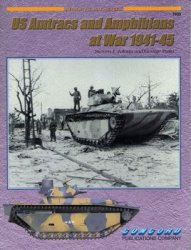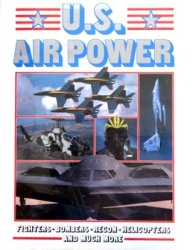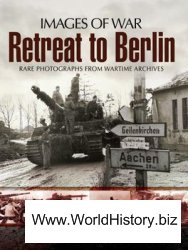During the 1930s and 1940s, important advances in sampling techniques and methods of data collection and analysis contributed to a substantial increase in the use and variety of public opinion polls by business, government, and political parties.
Beginning in the 1920s, scientific polls were increasingly used by business to gauge consumers’ responses to new products and to advertising campaigns, and by the growing radio industry to determine the popularity of specific programs. Such surveys were conducted by scholars trained in the social sciences and employed systematic methods for gathering and interpreting data. Beginning in 1929, the federal government used surveys to assess the extent of the Great Depression and its impact on the public.
Many polls however, like those used as early as 1824, were designed simply to predict the outcome of an election by using what was called a “straw vote” survey in which newspapers and magazines published ballots or sent out postcards to be returned to the publisher and tallied in the final poll. This method, used in the 1920s by the Literary Digest as well as newspapers throughout the country, relied on those who took the time to return their ballot, or answered telephone surveys. Although publishers touted such polls as being scientific, many scholars criticized them in the 1930s for their large and unscientific sample size and their bias in favor of the middle and upper classes.
During the election of 1936, disparities between the work of social scientists and some media pollsters highlighted the shortcomings of straw-vote polling methods. Before the Literary Digest began its polling, George Gallup, an influential innovator in survey research methods, correctly predicted that the Literary Digest would favor Republican nominee Alfred M. Landon to defeat incumbent president Franklin D. Roosevelt. Gallup’s own prediction— of a Roosevelt victory—was published by his organization, the American Institute for Public Opinion (AIPO), which, he argued, could give a more accurate prediction of the national and state-level results. Two other established polls, one by Archibald Crossley, a prominent market researcher, and one published by Fortune magazine and directed by Elmo Roper, also predicted Roosevelt’s reelection. Roosevelt’s victory with three-fifths of the popular vote confirmed the criticisms of the Literary Digest polls and prompted pollsters to reevaluate and refine their research methods.
The lessons of the Literary Digest debacle contributed to the proliferation of survey research among political strategists, policymakers, businessmen, and scholars. Both the Democratic Party and the Republican Party used opinion surveys in the election of 1940 and especially the election of 1944. Scholars also began to use survey research to study social and economic characteristics of the electorate.
The use of scientific surveys, however, was not limited to business and politics. Building upon the work of Gallup and Roper, psychologists such as Hadley Cantril used polls to measure general attitudes and analyze various aspects of “everyday life.” In 1937, the Princeton Radio Research Project (later called the Office of Radio Research, or ORR) was established to study the cultural impact of radio. Among other studies, the ORR published The Invasion from Mars (1940), which used survey data to examine listener’s reactions to Orson Welles’s radio production of War of the Worlds.
In the late 1930s, as World War II approached, researchers as well as politicians used polling data to measure American opinion on LOREIGN policy issues. In 1940, Cantril together with social scientist Paul Lazars-feld established the Office of Public Opinion Research at Princeton University. Cantril directed surveys of American attitudes on intervening in the war, and during the war served as a consultant to the White House and War Department. (In 1951, Cantril published Public Opinion: 1935-1946, an invaluable compendium of surveys in the era.)
After the attack on Pearl Harbor and the official U. S. entry into the war, Congress appropriated funds for survey research focusing on military morale, foreign morale, and civilian morale on the World War II home LRONT. Roosevelt continued to use surveys both in the White House and in government agencies. Opinion researchers hoped to promote the use of polls as a guide for policymakers by providing them with a reasonably accurate assessment of the “will of the people.” Near the end of the war, however, Congress, suspicious of the Roosevelt administration’s use of social research to promote its own political interests, severely cut the budget of the Ollice ol War Inlormation as well as funding for other studies. Nevertheless, the wartime experiences of researchers served to broaden the scope of opinion research as well as reveal its practical applications.
Further reading: Hadley Cantril, ed., Public Opinion 1935-1946 (Princeton, N. J.: Princeton University Press, 1951); Jean Converse, Survey Research in the United States: Roots and Emergence, 1890-1960 (Berkeley: University of California Press, 1987).
—Shannon L. Parsley




 World History
World History









